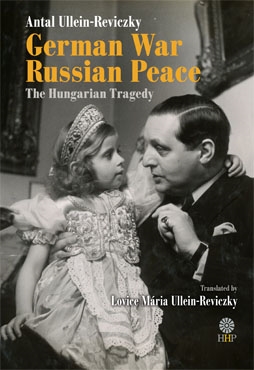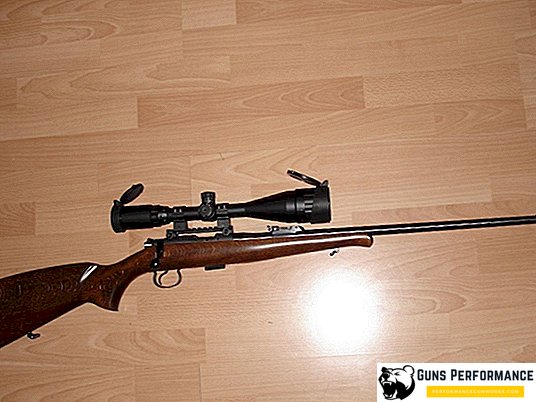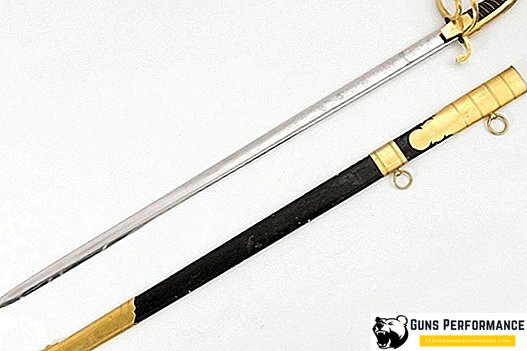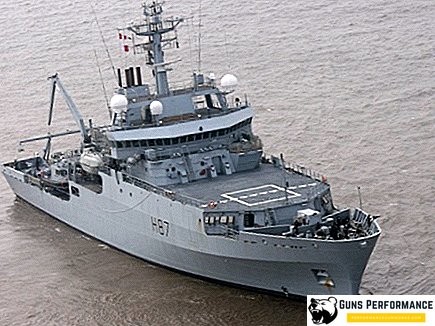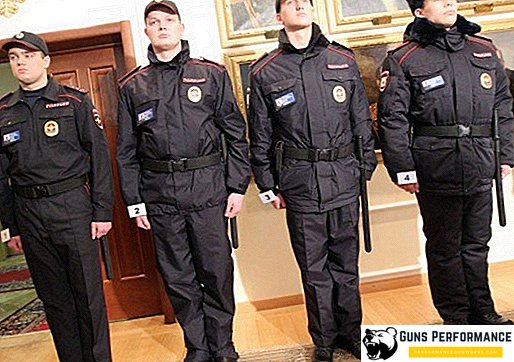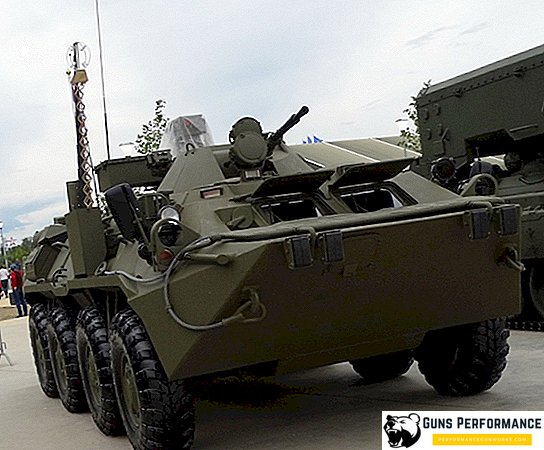On July 16, 1945, a new era began in the history of our civilization - in the state of New Mexico, on the territory of a military base, the world's first twenty-nuclear-weapon nuclear charge Gadget was blown up. The military was satisfied with the results of the tests, and in less than two months the first Little Boy uranium bomb ("Kid") was dropped on the Japanese city of Hiroshima. The explosion almost wiped out the city from the face of the earth. Three days later, Nagasaki suffered a similar evil fate. Since then, the sword of Damocles of total nuclear destruction hangs invisibly over humanity ...
Despite the undoubted humanistic achievements of our civilization, physical violence - or the threat of its use - remains one of the main instruments of international politics. Therefore, it is not surprising that nuclear weapons - the most powerful means of killing and destruction of all man-made - became a factor of strategic importance.
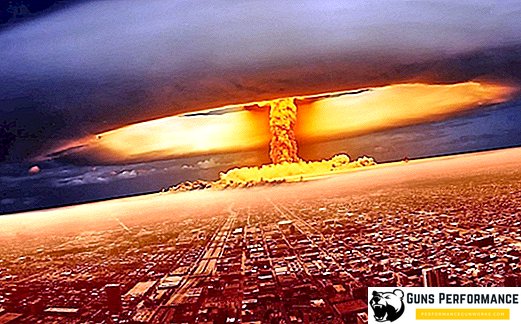
The possession of nuclear technologies gives the state a completely different weight on the world stage, even if the country's economy is in a deplorable state, and citizens are starving. And you will not have to go far for examples: a small nuclear North Korea forced the powerful United States of America to reckon with itself.
The presence of nuclear weapons opens the door for any regime to the community of the elect — to the so-called Nuclear Club. Despite numerous disagreements between its participants, they are all one in one: prevent the further expansion of the Nuclear Club and prevent other countries from developing their own nuclear weapons. And to achieve this goal, any method is used, from the most severe international sanctions to bomb attacks and sabotage at nuclear facilities. A good example of this is the epic of Iran’s nuclear program, which has been going on for several decades.
Of course, nuclear weapons can be considered an absolute “unclouded” evil, but at the same time one cannot deny the fact that it is also a powerful deterrent. If the USSR and the USA did not have suicidal nuclear arsenals, the confrontation between them would hardly have been confined to the Cold War. Most likely, in this case, in the 50s, a new world massacre would have broken out. And it was the nuclear bomb that made it impossible. And nowadays the possession of nuclear weapons is a reliable (and, probably, the only) guarantee of security for any state. And the events around North Korea are the most obvious example of this. In the 1990s, Ukraine, under the guarantees of the leading states, voluntarily gave up the world's third largest nuclear arsenal, and where is its security now? To stop the proliferation of nuclear weapons, an effective international mechanism for the protection of state sovereignty is needed. But so far it is rather from the field of unscientific fiction ...
How many nuclear powers exist in the world today? How large are their arsenals, and what state can be called a world leader in this field? Are there any countries that are trying to get the status of a nuclear power?
Nuclear club: who is a chosen one
It should be clearly understood that the expression "nuclear club" is nothing more than a journalistic stamp, officially such an organization, of course, does not exist. There is not even an appropriate informal get-together, like the G-7, in which the most pressing issues could be solved and common approaches developed.
Moreover, relations between some nuclear states are, to put it mildly, not very good. For example, Pakistan and India have fought several times already, their next armed conflict may well end in a series of mutual atomic attacks. A few months ago, a full-scale war between the DPRK and the USA almost started. A lot of contradictions - fortunately, not as large-scale - today exist between Washington and Moscow.
And sometimes it is very difficult to say whether the state is nuclear or not. A typical example is Israel, which experts have little doubt about the nuclear status. But, meanwhile, official Jerusalem never recognized that he had such weapons.
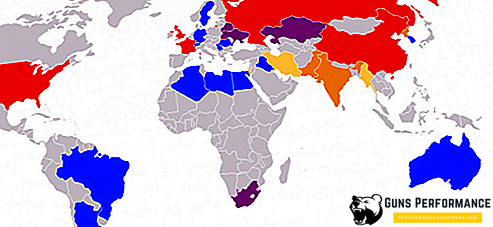
There are also a number of countries that at various times engaged in the creation of nuclear weapons, and it is difficult to say what results their nuclear program has achieved.
So, the official nuclear powers of the world for 2018, the list:
- Russia;
- USA;
- Great Britain;
- France;
- China;
- India;
- Pakistan;
- Israel;
- DPRK.
Separately, we should mention South Africa, which succeeded in creating nuclear weapons, but was forced to abandon it and close the nuclear program. Six already made charges were disposed of in the early 90s.
The former Soviet republics — Ukraine, Kazakhstan, and Belorus — voluntarily renounced nuclear weapons in the early 1990s in exchange for the security guarantees offered by all the major nuclear powers. Moreover, at that time Ukraine had the third largest nuclear arsenal in the world, and Kazakhstan - the fourth.
US nuclear weapons: history and modern times
The USA is the first country in the world to create nuclear weapons. Developments in this area were begun during the Second World War (the "Manhattan Project"), the best engineers and physicists were attracted to them - the Americans were very afraid that the Nazis would be able to create a nuclear bomb first. By the summer of 1945, the United States had three nuclear charges, two of which were then dropped on Hiroshima and Nagasaki.
For several years, the United States was the only state in the world that was armed with nuclear weapons. Moreover, the Americans were confident that the Soviet Union did not have the resources and technology to create its own nuclear bomb in the coming years. Therefore, the news that the USSR is a nuclear power was a real shock for the political leadership of this country.

Initially, the main type of American nuclear weapons were bombs, and the main carrier of nuclear weapons - army aircraft. However, already in the 1960s, the situation began to change: the Flying Fortresses were replaced by land-based and sea-based intercontinental missiles.
In 1952, the United States conducted tests of the world's first thermonuclear device, and in 1954 the most powerful American thermonuclear charge of 15 Mt was blown up.
By 1960, the total nuclear power in the United States was 20 thousand megatons, and in 1967 the Pentagon had at its disposal more than 32 thousand warheads. However, American strategists quickly realized the redundancy of this power, and by the end of the 80s it was reduced by almost a third. At the time of the end of the Cold War, the American nuclear arsenal was less than 23 thousand charges. After graduation in the United States began large-scale disposal of obsolete nuclear weapons.
In 2010, the United States and Russia signed the START III agreement, according to which the parties pledged to reduce the number of nuclear charges to 1,550 units within ten years, and the total number of ICBMs, SLBMs and strategic bombers to 700 pieces.
The USA, undoubtedly, is in the top of the atomic club: this country is armed (by the end of 2018) with 1367 nuclear warheads and 681 deployed strategic carriers.
Soviet Union and Russian Federation: history and current state
After the appearance of nuclear weapons in the United States, the Soviet Union had to enter the nuclear race from the position of catch-up. Moreover, for a state whose economy was destroyed by the war, this competition was very exhausting.
The first nuclear device in the USSR was blown up on August 29, 1949. And in August 1953, the Soviet thermonuclear charge was successfully tested. Moreover, unlike the American counterpart, the first Soviet hydrogen bomb actually had the dimensions of an ammunition and could be used practically.
In 1961, a powerful thermonuclear bomb with an equivalent of more than 50 megatons was detonated at the landfill on Novaya Zemlya. In the late 1950s, the first intercontinental ballistic missile R-7 was created.
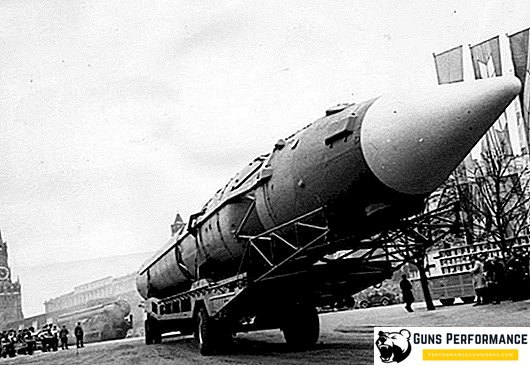
After the collapse of the Soviet Union, Russia inherited all its nuclear arsenals. Currently (at the beginning of 2018) Russia has 1,444 nuclear warheads and 527 deployed carriers.
It can be added that our country has one of the most advanced and technologically advanced nuclear triads in the world, which includes ICBMs, SLBMs and strategic bombers.
UK nuclear program and arsenals
England conducted its first nuclear tests in October 1952 on an atoll near Australia. In 1957, the first British thermonuclear ammunition was blown up in Polynesia. The last test took place in 1991.
Since the days of the “Project Manhattan”, Great Britain has had special relations with the Americans in the nuclear field. Therefore, it is not surprising that in 1960 the British abandoned the idea of creating their own rocket, and purchased a delivery system from the United States.
There is no official data on the size of the British nuclear arsenal. However, it is believed that he is approximately 220 nuclear charges, of which 150-160 are on alert. And the only component of the nuclear triad, which has England, are submarines. Neither land ICBMs, nor strategic aviation have London.
France and its nuclear program
After the coming to power of General de Gaulle, France headed for the creation of its own nuclear forces. Already in 1960, the first nuclear tests were conducted at the test site in Algeria, after the loss of this colony, atolls in the Pacific Ocean had to be used for this purpose.
France joined the treaty banning nuclear tests only in 1998. It is believed that at the moment this country has about three hundred nuclear charges.
Nuclear Weapons of the People’s Republic of China
The Chinese nuclear program began in the late 50s, and it passed with the active assistance of the Soviet Union. Thousands of Soviet specialists were sent to fraternal communist China who helped build reactors, mine uranium, and conduct tests. At the end of the 50s, when relations between the USSR and China finally deteriorated, cooperation quickly collapsed, but it was already too late: the nuclear test of 1964 opened the doors of a nuclear club for Beijing. In 1967, the People's Republic of China successfully tested a thermonuclear charge.
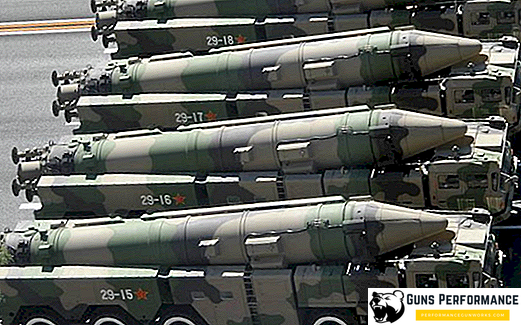
China conducted tests of nuclear weapons on its territory at the site Lobnor. The last of them took place in 1996.
Due to the extreme closeness of the country, it is rather difficult to estimate the size of the nuclear arsenal of the PRC. Officially, Beijing is considered to have 250-270 warheads. In service with the Chinese army there are 70-75 ICBMs, another delivery vehicle are missiles located on submarines. Also in the Chinese triad includes strategic aviation. Su-30, which China bought from Russia, can carry tactical nuclear weapons.
India and Pakistan: one step away from nuclear conflict
India had good reasons to acquire its own nuclear bomb: the threat from China (already nuclear) and the longstanding conflict with Pakistan, which resulted in several wars between countries.
The West helped India get nuclear weapons. The first reactors in the country were supplied by Britain and Canada, and the Americans helped with heavy water. The first nuclear test was conducted by the Indians in their own territory in 1974.
Delhi for a very long time did not want to recognize its nuclear status. This was done only in 1998 after a series of test explosions. It is currently believed that India owns approximately 120-130 nuclear charges. This country has long-range ballistic missiles (up to 8 thousand km), as well as SLBMs on Arikhant-type submarines. Su-30 and Dassault Mirage 2000 aircraft can take on tactical nuclear weapons.
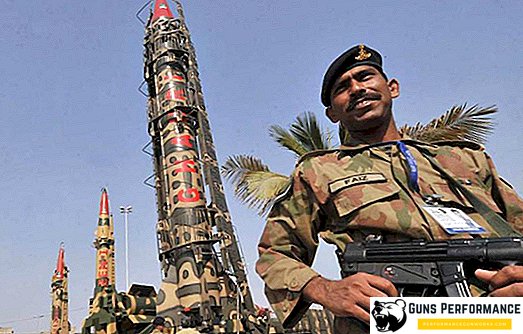
Pakistan began work on its own nuclear weapons in the early 1970s. In 1982, the uranium enrichment plant was completed, and in 1995 - the reactor, which made it possible to obtain weapons-grade plutonium. A test of Pakistan’s nuclear weapons was conducted in May 1998.
It is believed that currently Islamabad may have 120-130 nuclear charges.
North Korea: nuclear bomb "Juche"
The most famous story related to the development of nuclear weapons is undoubtedly the North Korean nuclear program.
The DPRK began developing its own atomic bomb in the mid-50s, with the most active assistance in this matter from the Soviet Union. With the help of specialists from the USSR, a research center with a nuclear reactor was opened in the country, Soviet geologists were searching for uranium in North Korea.
In mid-2005, the world was surprised to find out that the DPRK was a nuclear power, and the following year, the Koreans conducted the first test of a 1-kiloton nuclear bomb. In 2018, Kim Jong Yew told the world that his country already has thermonuclear weapons in its arsenal. It is believed that at present Pyongyang may have 10-20 nuclear charges.
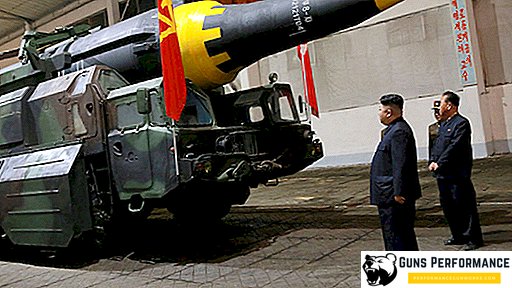
In 2012, the Koreans announced the creation of intercontinental ballistic missiles "Hvason-13" with a range of 7.5 thousand km. This is quite enough to strike at the United States.
Just a few days ago, there was a meeting between US President Trump and North Korean leader Kim Jong-un, at which the parties sort of agreed to close the DPRK's nuclear program. However, for now this is more a declaration of intent, and it is difficult to say whether these negotiations will lead to a real denuclearization of the Korean Peninsula.
Nuclear Program of the State of Israel
Israel does not officially recognize its nuclear weapons, but all over the world they know that it still has them.
It is believed that the Israeli nuclear program began in the mid 50s, and the first nuclear charges were received in the late 60s - early 70s. Accurate information about the tests of Israeli nuclear weapons does not exist. On September 22, 1979, the American satellite "Vela" spotted strange flashes over the deserted part of the South Atlantic, very reminiscent of the consequences of a nuclear explosion. It is believed that this was the test of Israeli nuclear weapons.
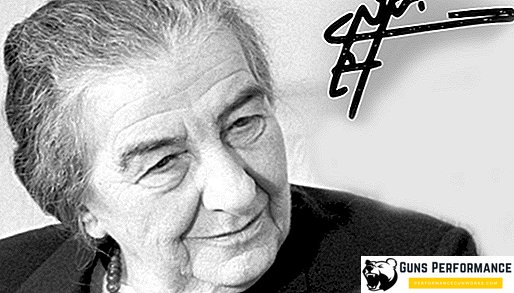
Presumably, Israel currently has about 80 nuclear charges. In addition, this country has a full-fledged nuclear triad for the delivery of nuclear weapons: the Jericho-3 ICBM with a range of 6.5 thousand km, submersibles of the Dolphin type capable of carrying cruise missiles with a nuclear warhead, and F- 15I Ra'am with KR Gabriel.



